If Lam Kinh was the "spiritual capital" of the Le dynasty kings, then before that, Van Lai was the fence of Lam Son village, where human and material resources were concentrated to serve the Lam Son uprising to win victory and later became the "resistance capital" in the Le dynasty's restoration.
 The remaining pair of Dragon Eye wells in the capital city of Van Lai - Yen Truong.
The remaining pair of Dragon Eye wells in the capital city of Van Lai - Yen Truong.
The advantage of Van Lai is the gateway to Lam Kinh by road and river. Therefore, the legend still remains: In a battle with the Ming army, which was led by a small general and a small army, while being besieged and pursued by the Ming invaders, Le Loi relied on the dangerous position of rivers, streams, mountains and hills, the protection of the Van Lai people and the people of the neighboring areas, and dodged the siege and pursuit of the Ming invaders, preserving his forces and retreating to the Pu Rinh mountain range.
Lord Trinh Kiem, with the perspective of a strategist, believed that: Establishing a country must be based on a dangerous place. The book Van Lai mountain stands tall, the water winds around, truly worthy of being called a beautiful position. That was arranged by heaven to make the imperial career rise (Kham Dinh Viet Su Thong Giam Cuong Muc). The geography book at the end of the Nguyen Dynasty wrote: Van Lai land is high, that is the scene created by nature. The shape of the river and the mountain here is very beautiful, this mountain range runs from Ai Lao. Inside it is like the shape of a bat, there is a flock of phoenixes showing off their beauty, representing blessings... (According to Xuan Chau Commune History, Thanh Hoa Publishing House, 2014).
Because of the shape of the river and the mountain, the ancestors who founded the village named Van Lai, meaning "thousand thanks", also cleverly sending a message to future generations. The song: "Wherever you go, wherever you are/Thousand thanks is the land of the ancestors to remember" is still passed down by the people of Van Lai.
“A land with a spirit will give birth to heroic descendants”. Since the 15th century, this place has been a densely populated area, a land of meritorious mandarins, a gathering place for many righteous men and heroes to join the great flag of Binh Dinh King Le Loi. Among them, we cannot fail to mention Van Thai Ba Le Bon; Nghi Quan Cong Le Hoi; Duong Trung Hau Le Ha Vien... those who voluntarily brought the children of Van Lai village to follow Le Loi to participate in the Lam Son uprising, to drive out the Ming invaders.
 The pair of stone elephant and stone horse mascots lie under the rubber forest of the local people.
The pair of stone elephant and stone horse mascots lie under the rubber forest of the local people.
Like Van Lai, Yen Truong is an ancient land, since the 10th century there were people living there, concentrated on the banks of the Chu River. Yen Truong is located in the rare land of "Tien tam yen, hau ngu phuc". According to legend, when Le Hoan ascended the throne, he prepared to raise an army to fight the Song invaders; that night, at An Truong pagoda, the monk Cu Lam was told by a god in a dream to read two verses: "An Truong dia hiem huu than linh/ Bao quoc dang phu thoi Tong binh" (An Truong is a good land with gods/ Protect Dai Viet to expel the Song invaders). Immediately after that, the monk personally went to Hoa Lu capital to report the situation, Le Hoan went to An Truong pagoda to pray, and indeed in the spring of 981, Le Hoan defeated the Song army.
Although the two places Van Lai - Yen Truong are different, they share the same dragon vein. From a feng shui perspective, it shows that: “Van Lai is in a higher position. This is the supporting position, the mysterious tortoise position of Yen Truong while Yen Truong is in a lower position, but is spacious, creating the bright path and water position (combined yin and yang) of Van Lai citadel, taking Chu river as a screen. These factors have created for Van Lai citadel a reasonable front and depth, with sufficient terrain space to form a solid and interconnected Van Lai - Yen Truong citadel” (Van Lai - Yen Truong capital, Le Quoc Am, Thanh Hoa Publishing House, 2021).
The books “Lich Trieu Hien Chuong Loai Chi” and “Dai Nam Nhat Thong Chi” both clearly state that, in the span of nearly 50 years, due to the complicated developments of history, the relocation of the capital between the two locations Van Lai - Yen Truong almost alternated. Specifically, from 1546 to 1553 in Van Lai; from June 1553 to April 1570, it was moved to Yen Truong; from April 1570 to August 1577, it was moved to Van Lai; from September 1557 to June 1578, it was moved to Yen Truong; from July 1578 to March 1593, it was in Van Lai until the king moved it to Thang Long citadel.
It must be affirmed that the "Resistance Capital" against the Mac army existed in Van Lai for nearly half a century, through four kings; heroes and scholars from all over the world came here, everyone united in their efforts. The Le army grew stronger and stronger, winning every battle. A court with full civil and military officials was established. From here, many royal decrees and orders were issued everywhere. It was also here that the three kings of the Later Le dynasty, Le Trung Tong, Le Anh Tong and Le The Tong, ascended the throne. After their deaths, Le Trang Tong and Le Trung Tong chose Van Lai as their resting place.
That shows that, if Van Lai is a solid base, when war breaks out, a place of survival and closely linked to the restoration of the Le dynasty, Yen Truong holds an important strategic position to protect the capital Van Lai, ensure the safety of the palace, and is a place where heroes from all over gather to admire. That is why, even though the king moved to the capital Thang Long, but several decades later, Van Lai - Yen Truong still maintained its value as a base whenever the throne of King Le was threatened...
While concentrating all its forces on serving the war needs with the Mac Dynasty, the Le Dynasty paid great attention to selecting talented people to serve the country. Seven examinations were held in Van Lai - Yen Truong from 1554 to 1592. Candidates came to Van Lai Palace to seek a way to advance their careers. This place, along with the capitals of Thang Long and Hue, became the three locations for doctoral examinations for the whole country.
 The ceramic pieces are identified as traces of the ancient resistance capital of the Later Le Dynasty.
The ceramic pieces are identified as traces of the ancient resistance capital of the Later Le Dynasty.
In 7 exams with 45 people passing the doctoral exam, more than 30 people became ministers, many people were sent by the king as ambassadors. Some people after passing the doctoral exam and becoming mandarins, history books still mention them today, such as Phung Khac Khoan, Nguyen Thuc, Le Trac Tu, Le Nhu Bat, Nguyen Van Giai...
At the Temple of Literature in Hanoi today, there are 82 doctoral steles, including 7 steles recording the doctors who passed the exams in Van Lai. The doctoral stele of the year Canh Thin, Quang Hung 3 (1580) states: “Talents are the vital energy of the State, we cannot help but cultivate it widely. Our regime is the legacy of the State, we cannot help but record it clearly. Now the Emperor, in the place of honor, holds the right to create, amend the regime, and nurture talents. Erecting stone steles for future generations to use as models, engraving their names for the world to pay attention to and admire. Above is to promote the loyalty of the predecessors, below is to express gratitude to the heroes of the time, and in it still implies the meaning of rewarding and promoting...” (History of Xuan Chau Commune, Thanh Hoa Publishing House, 2004).
It has been 431 years since King Le The Tong moved to Thang Long citadel in 1593. Only a few traces of the ancient citadel of Van Lai - Yen Truong remain. The place where the main hall was located is now covered with thorny grass with a pair of stone elephants and horses standing alone on the old steps. Scattered around are pieces of bricks, tiles, and broken ceramic vases mixed with rocks and soil. The strip of land surrounding the village, called the rampart, has also faded in shape because people have leveled it to make roads. The high mound 1km west of the main hall where the Le dynasty built an altar is now a wild garden... According to some historians and documents, the Tay Son army, when they first marched to the North, when they arrived in Thanh Hoa, destroyed Lam Kinh and Van Lai to erase all traces of the Le dynasty. That could also be a reason, but we only know that time and historical changes have swept away all the temples, mausoleums, and palaces. Other relics such as the dragon eye well, the Nam Giao altar, the examination school... are now also surrounded by vegetation or overgrown with houses and schools.
At the end of 2021, implementing the decision of the People's Committee of Thanh Hoa province and the Ministry of Culture, Sports and Tourism (MCST), the Department of Culture, Sports and Tourism of Thanh Hoa coordinated with the Hanoi University of Social Sciences and Humanities and related units to conduct investigation, exploration and excavation of the Van Lai - Yen Truong Palace relic at many locations, with a total area of 294m2. The relics collected at the Van Lai Palace relic are relatively diverse in types. Following that, the Department of Culture, Sports and Tourism of Thanh Hoa coordinated with the Vietnam Association of Historical Sciences to organize a national scientific conference "Van Lai - Yen Truong Capital in the History of the Le Dynasty". Also at this conference, the researchers proposed to soon complete the dossier to recognize the special national relic on par with the Lam Kinh Special National Relic, Le Hoan Temple and will develop a spiritual experience tourism chain of Ho Dynasty Citadel - Le Hoan - Van Lai - Yen Truong - Lam Kinh. Most recently, in July 2023, the Thanh Hoa Historical Science Association coordinated with the People's Committee of Tho Xuan district to organize a scientific workshop "Kings and mandarins of the early Le Trung Hung period and the Van Lai - Yen Truong Festival".
The ancient citadel no longer exists, but after more than 400 years, the stone elephants still shed tears, reminding future generations of a golden age, and at the same time urging us to quickly solve the "problem" of preserving and restoring the relic site.
The article uses materials from the book "Kinh Do Van Lai - Yen Truong", Le Quoc Am, Thanh Hoa Publishing House, 2021 and other materials.
KIEU HUYEN
Source: https://baothanhhoa.vn/dau-xua-kinh-thanh-van-lai-yen-truong-222513.htm


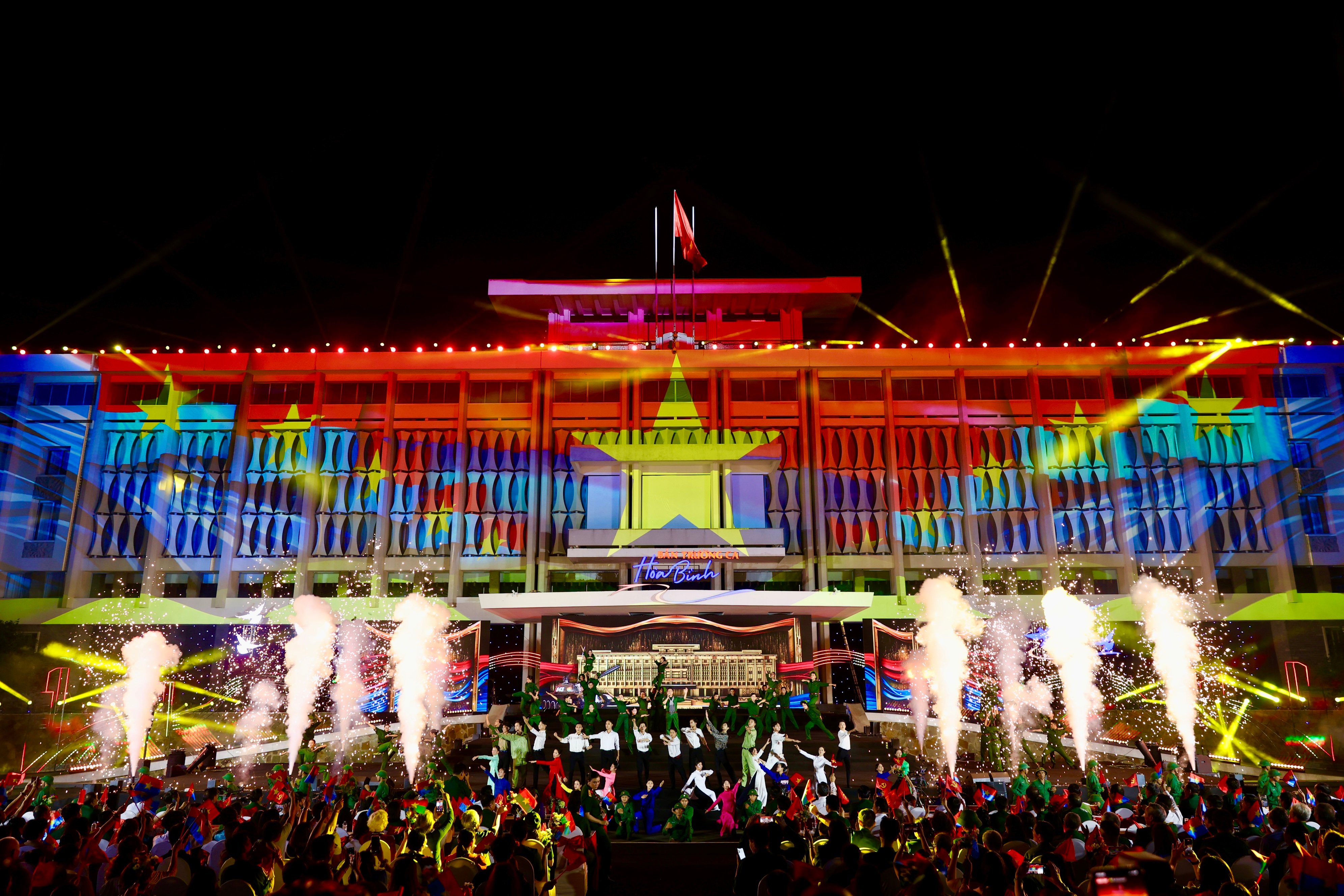
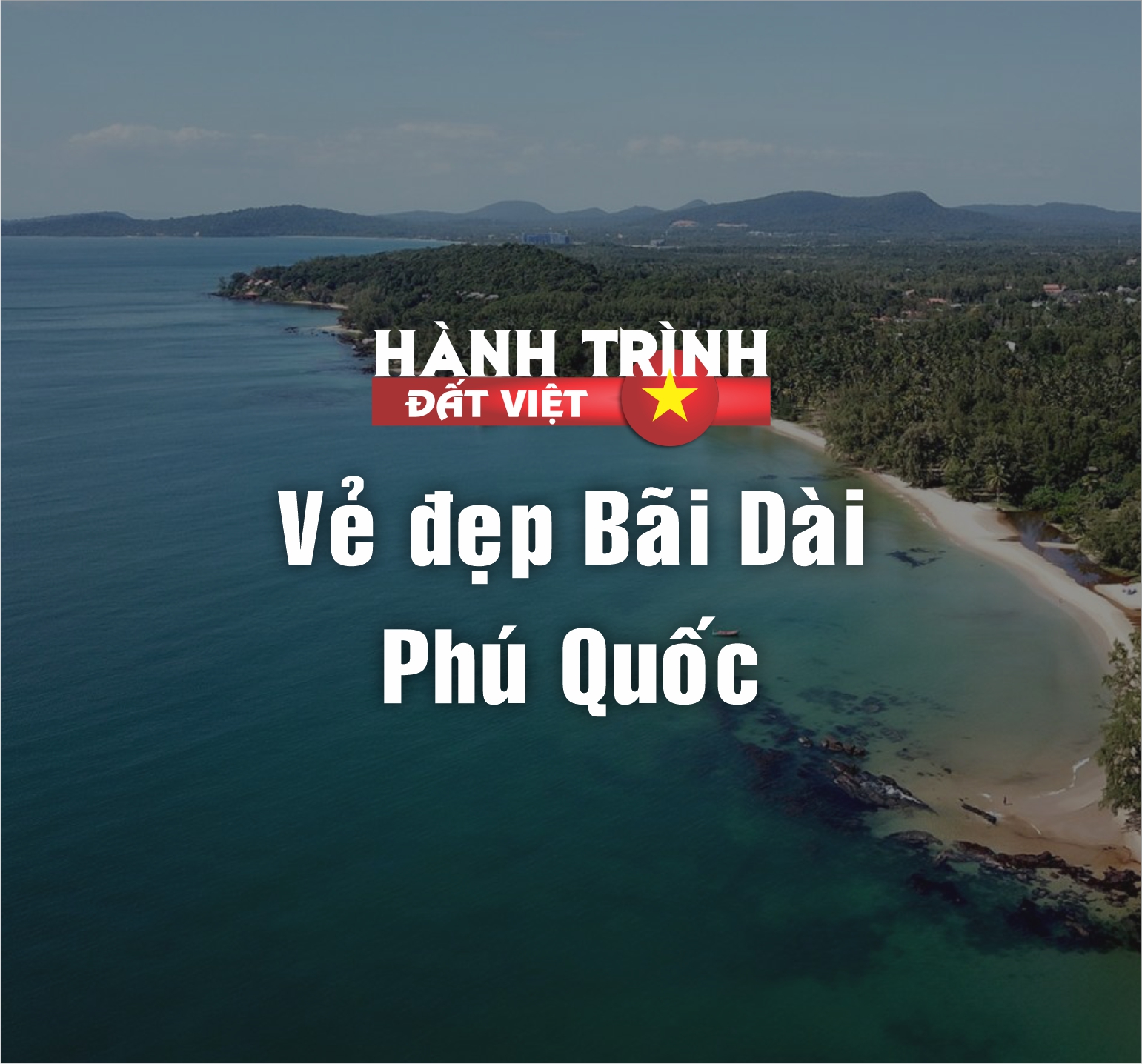
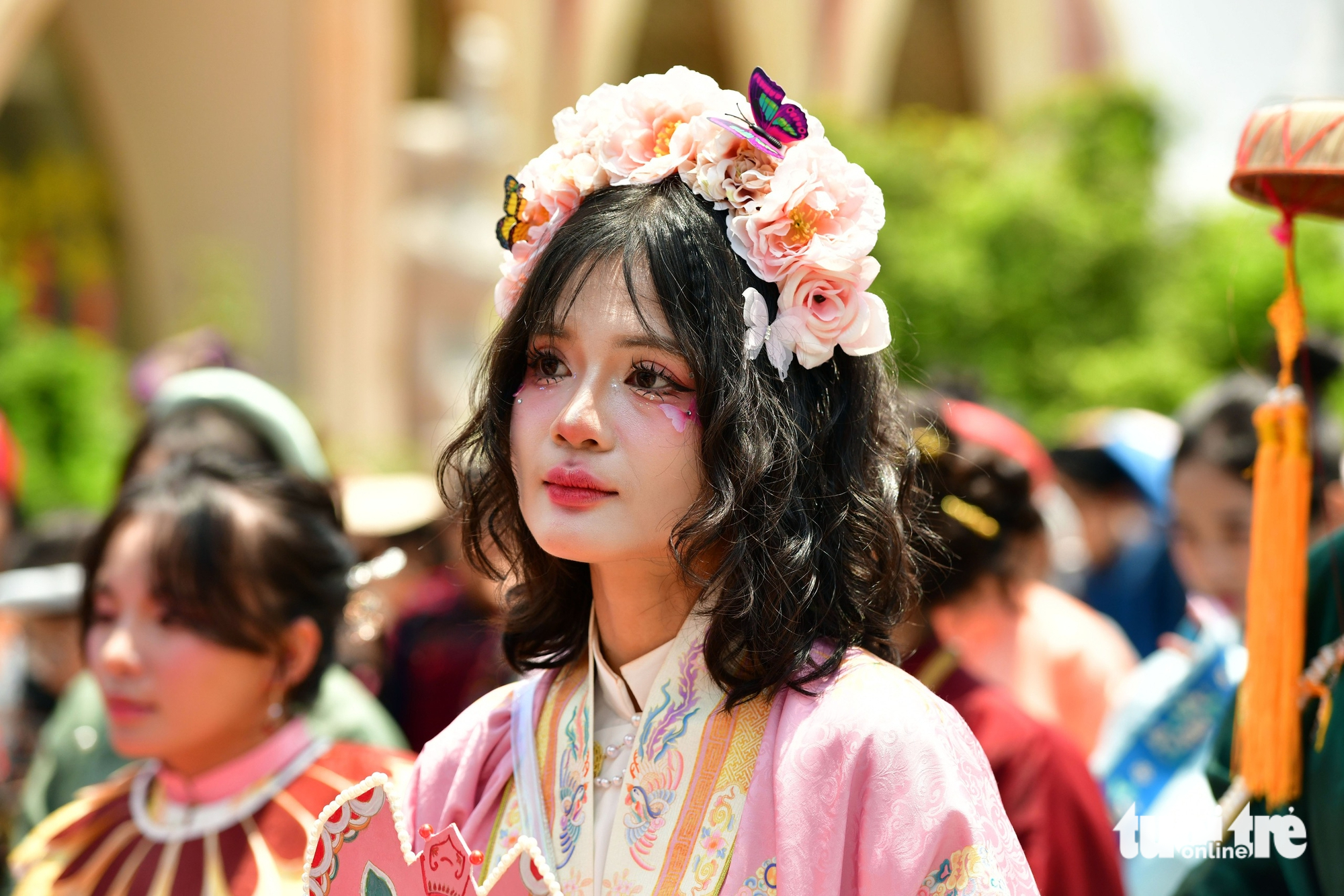

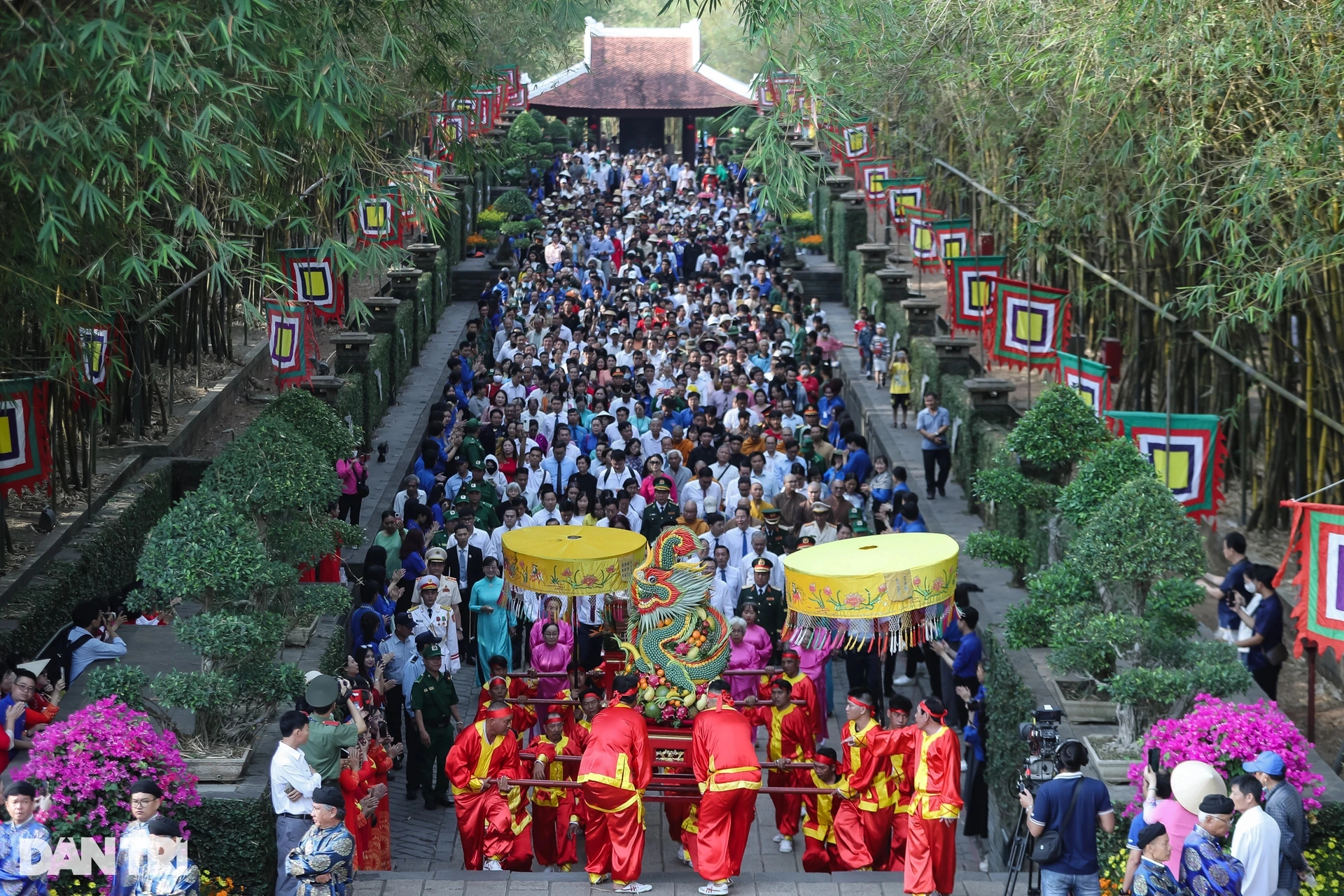
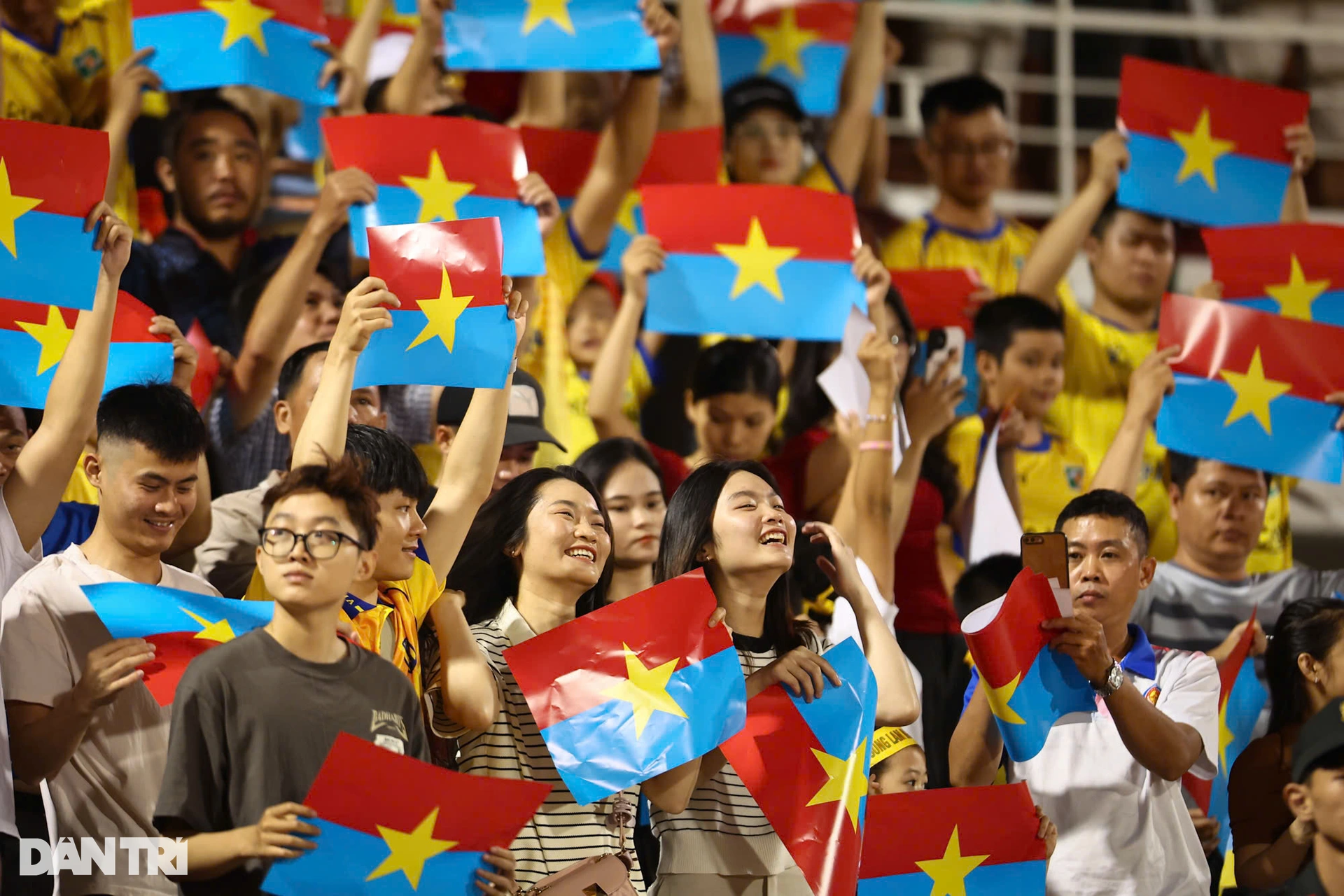
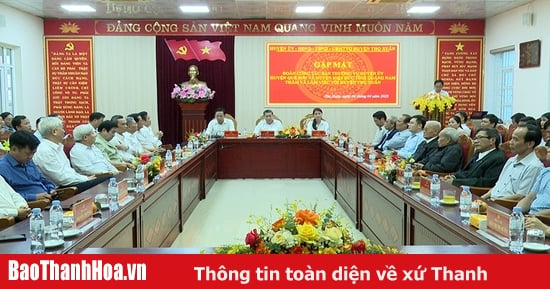

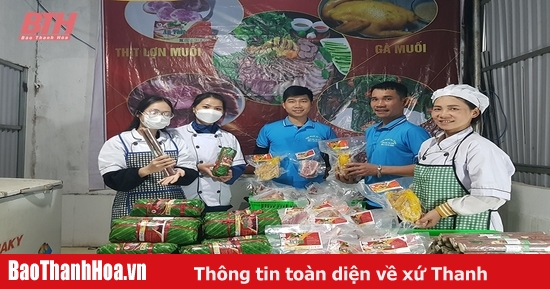

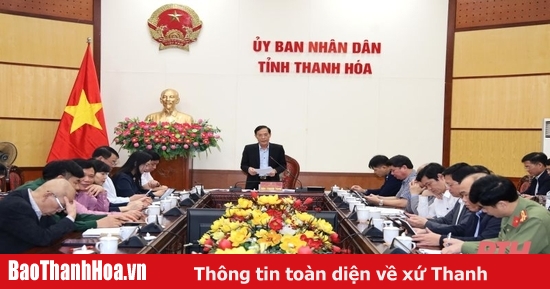
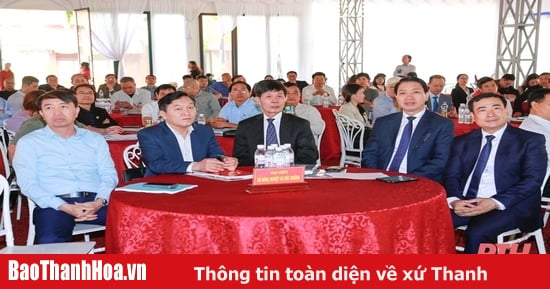
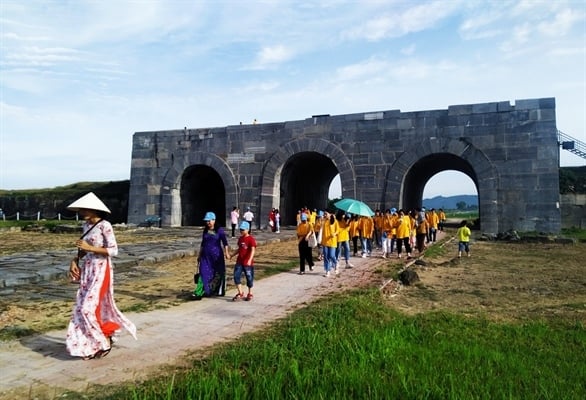






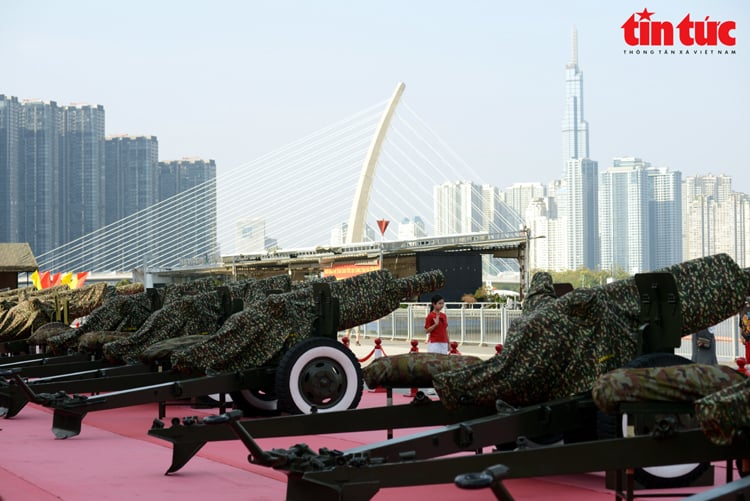
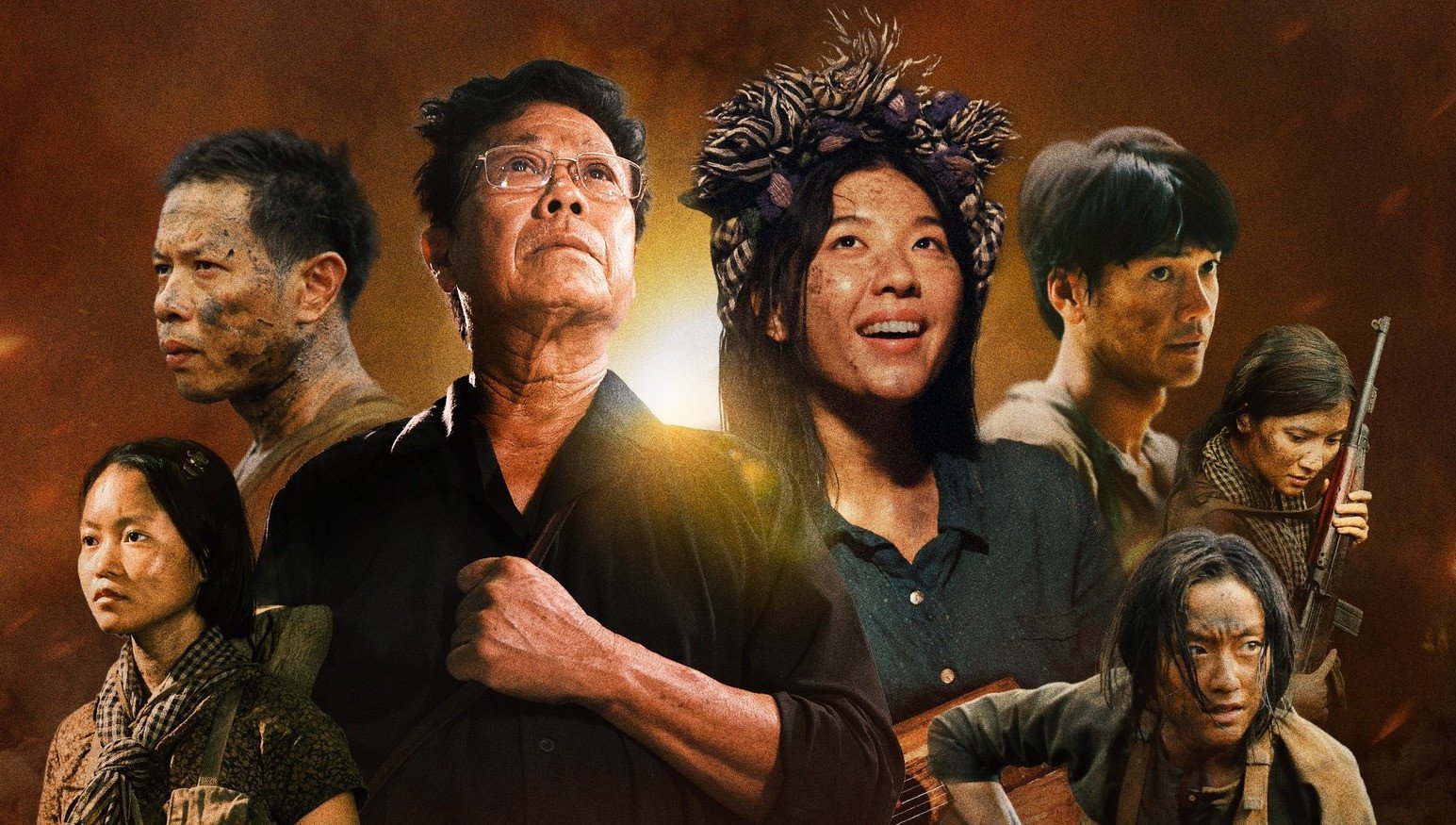
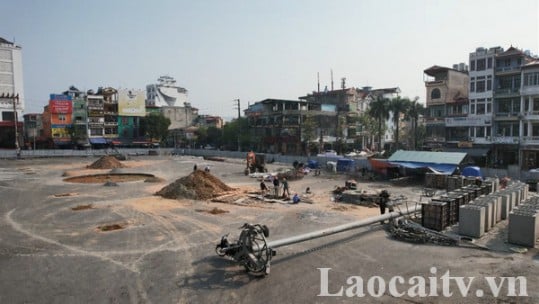
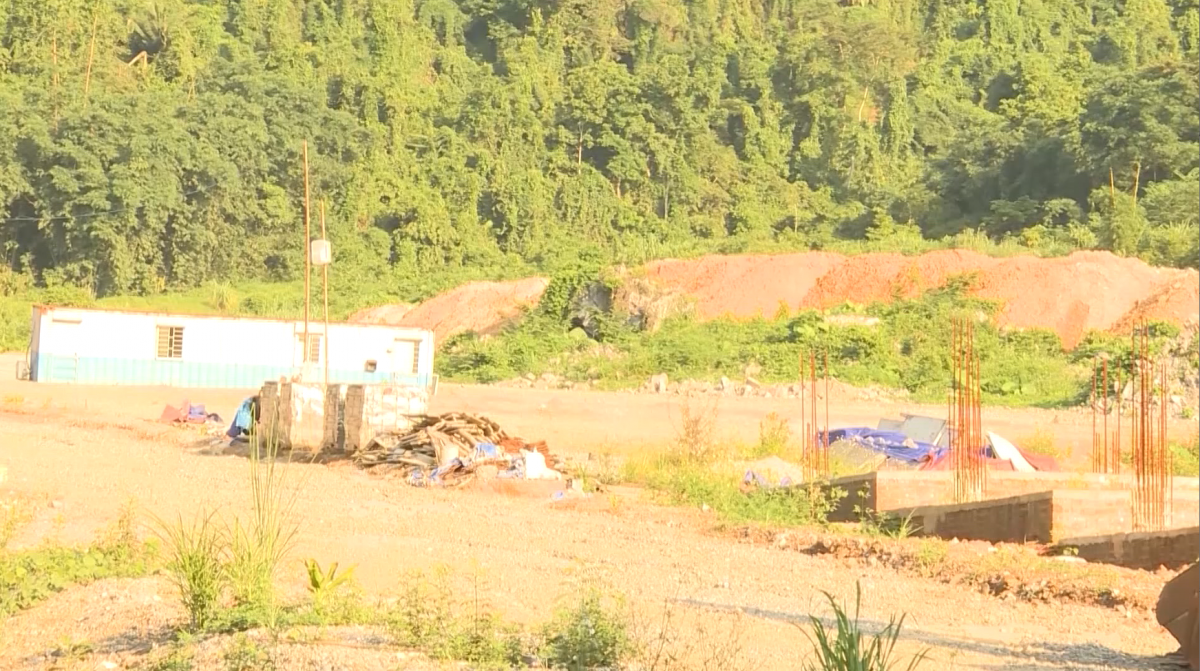
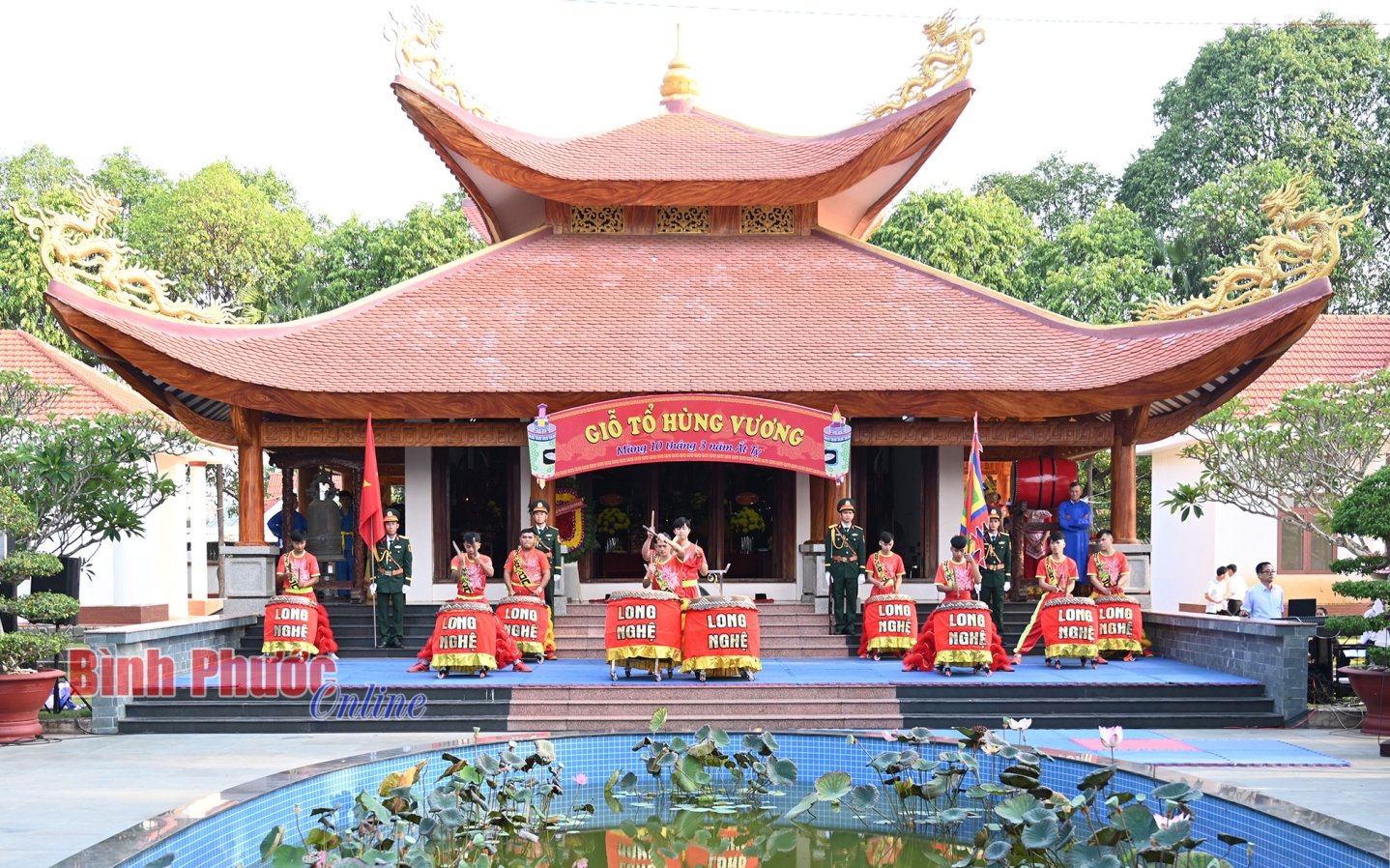
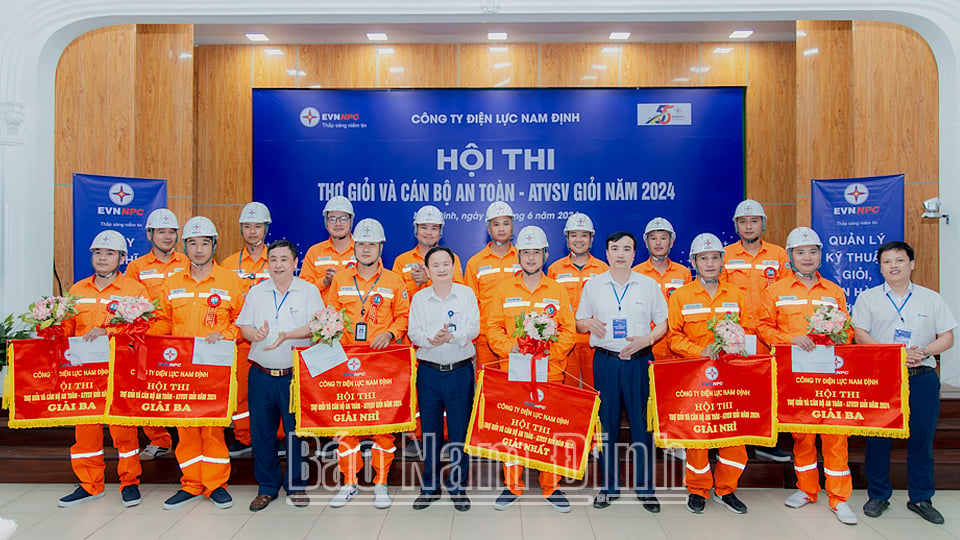


![[Photo] Solemn Hung King's Death Anniversary in France](https://vstatic.vietnam.vn/vietnam/resource/IMAGE/2025/4/6/786a6458bc274de5abe24c2ea3587979)
![[Photo] Vietnamese rescue team shares the loss with people in Myanmar earthquake area](https://vstatic.vietnam.vn/vietnam/resource/IMAGE/2025/4/6/ae4b9ffa12e14861b77db38293ba1c1d)
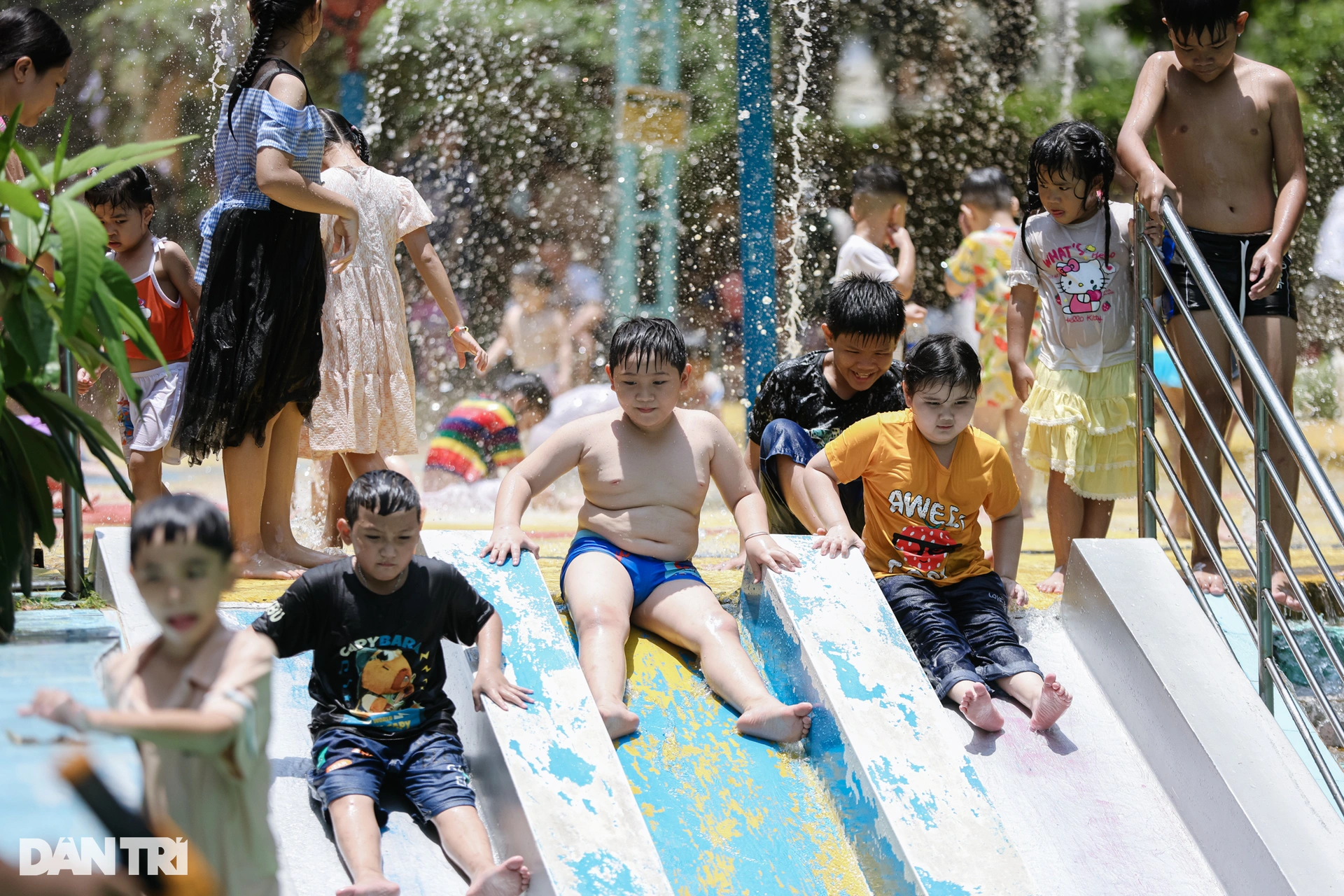

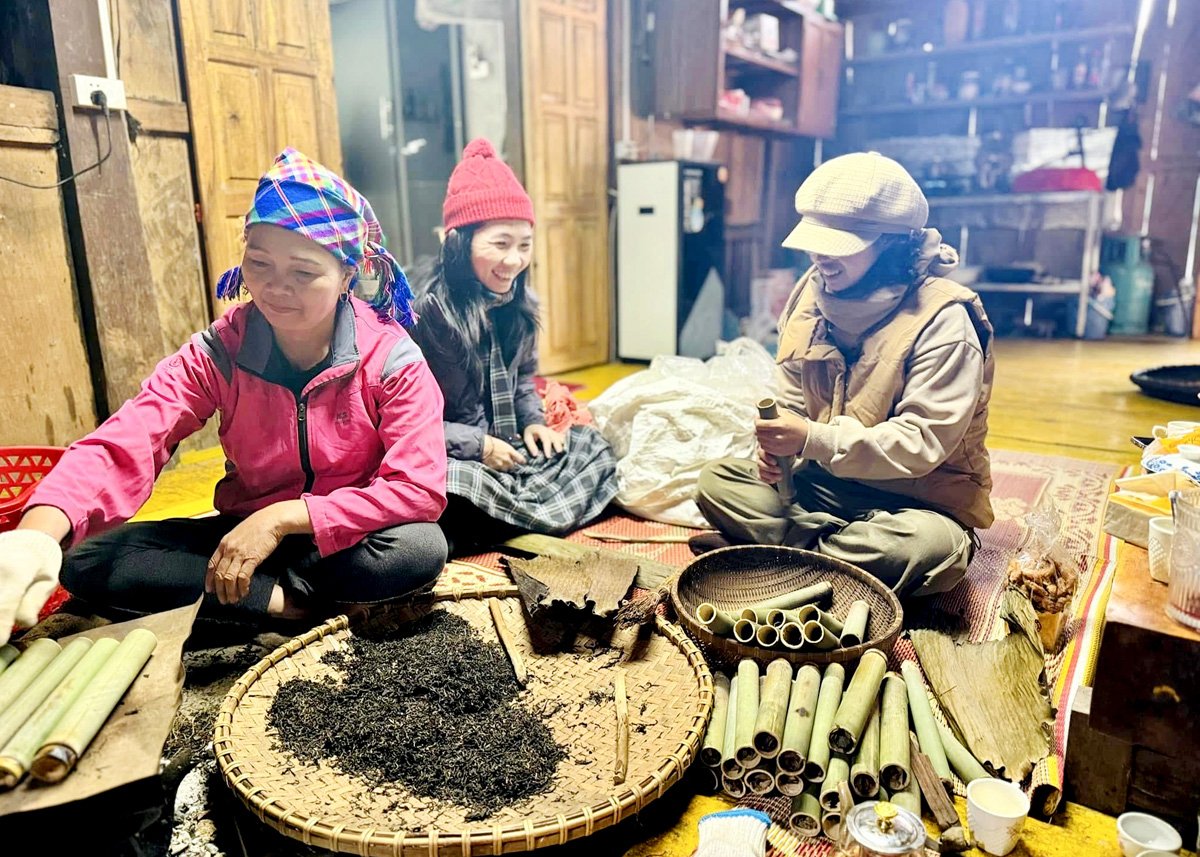

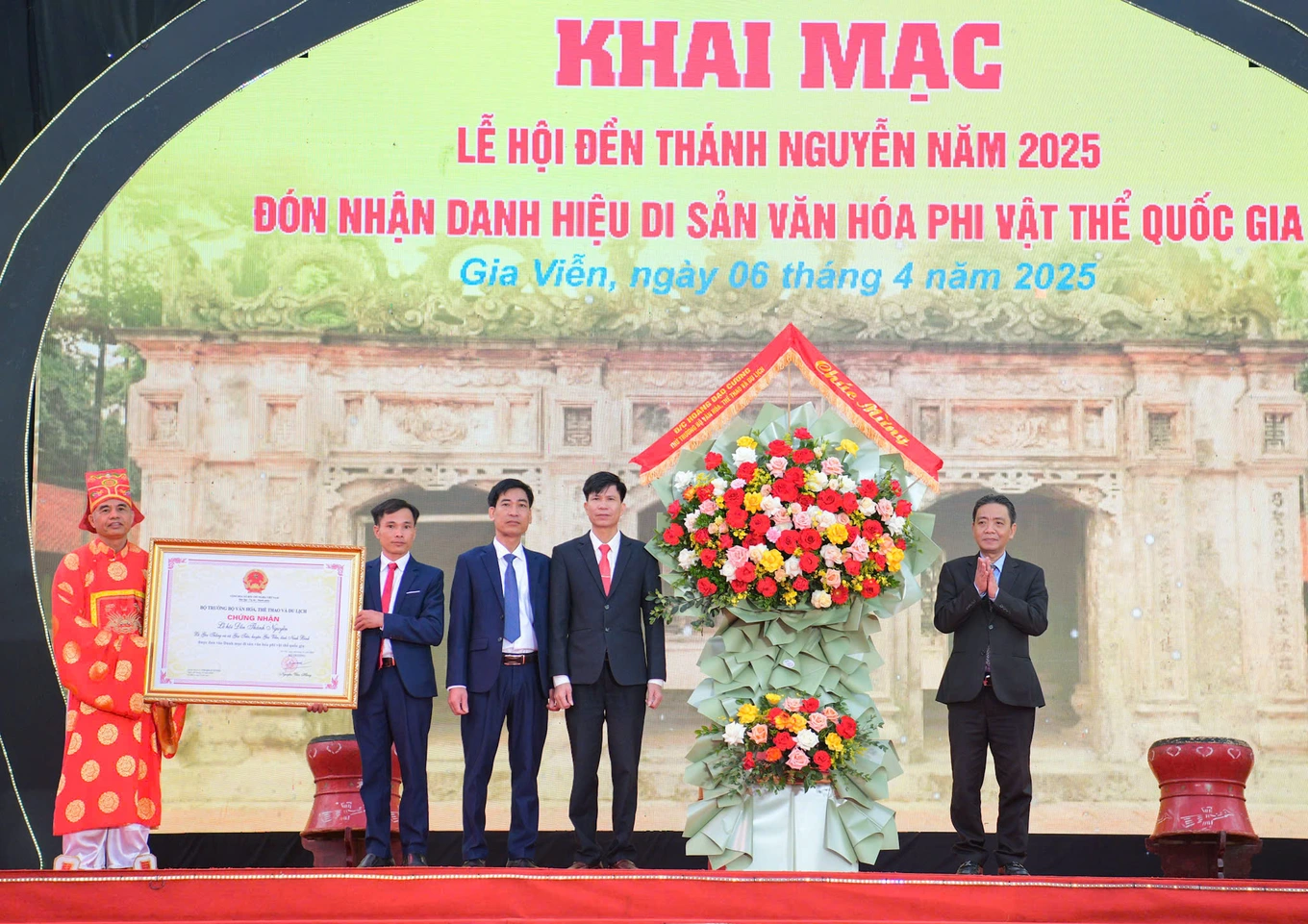



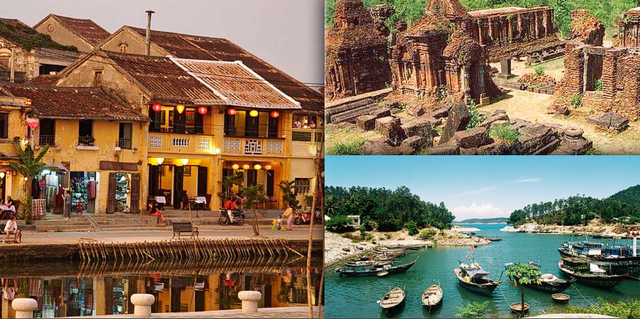

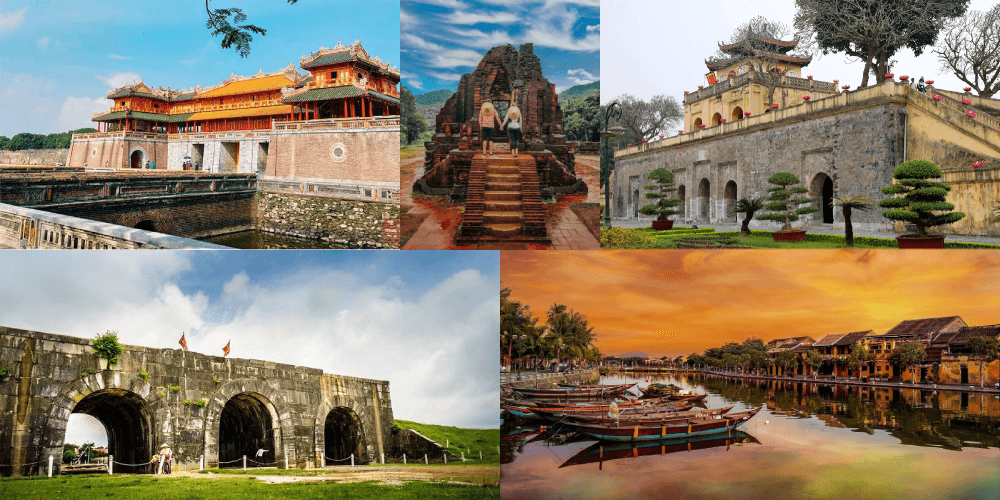



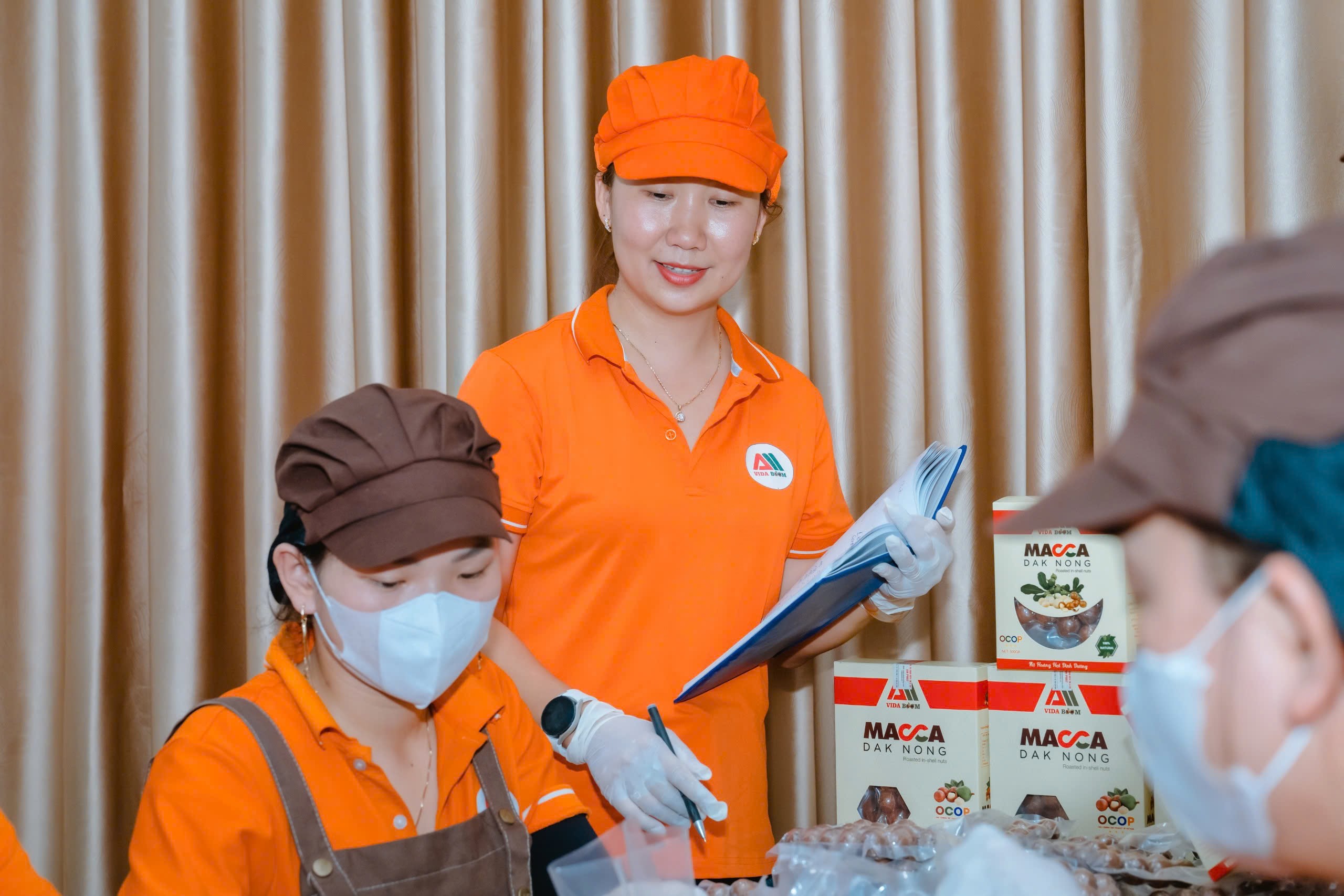

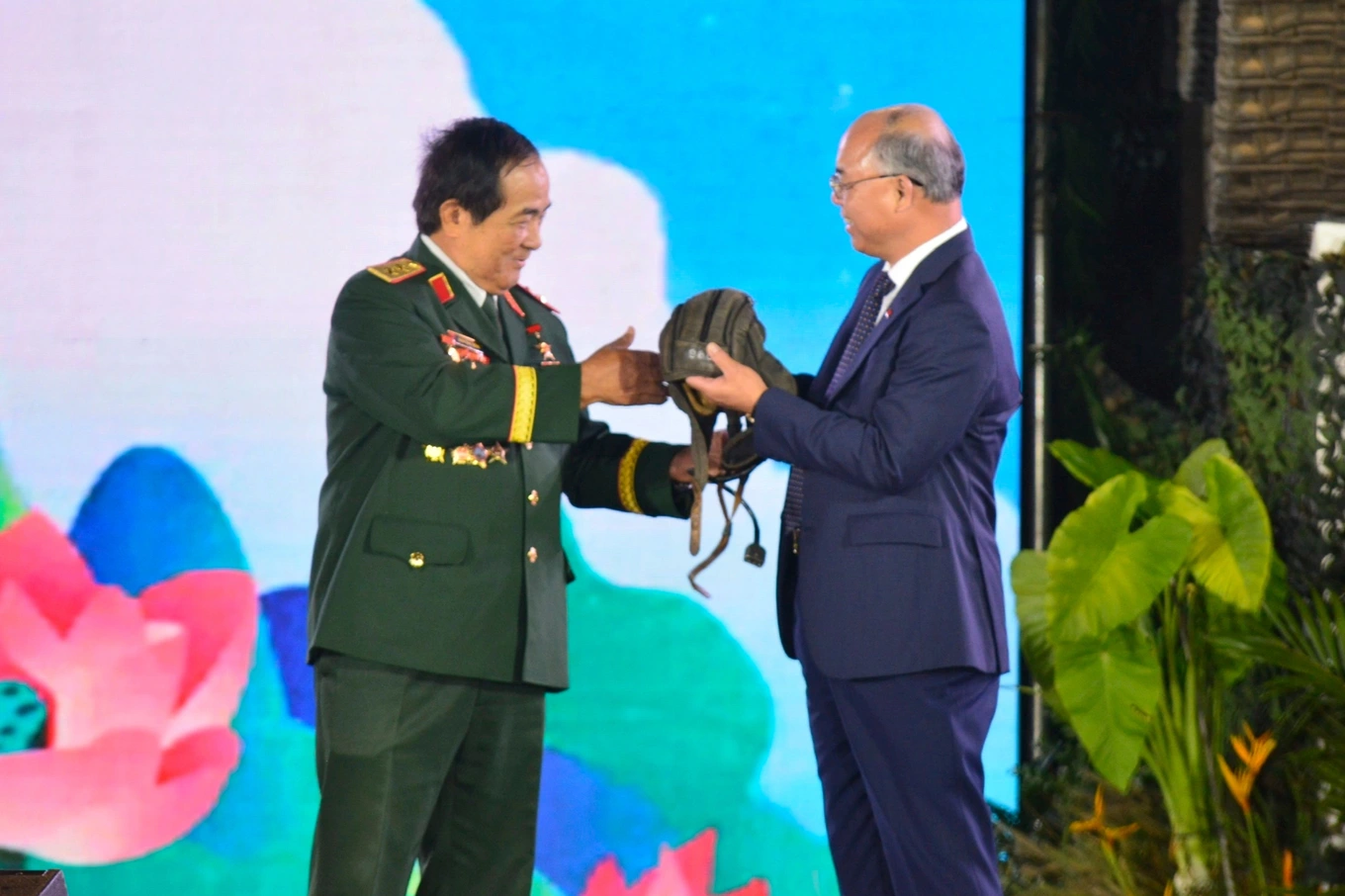
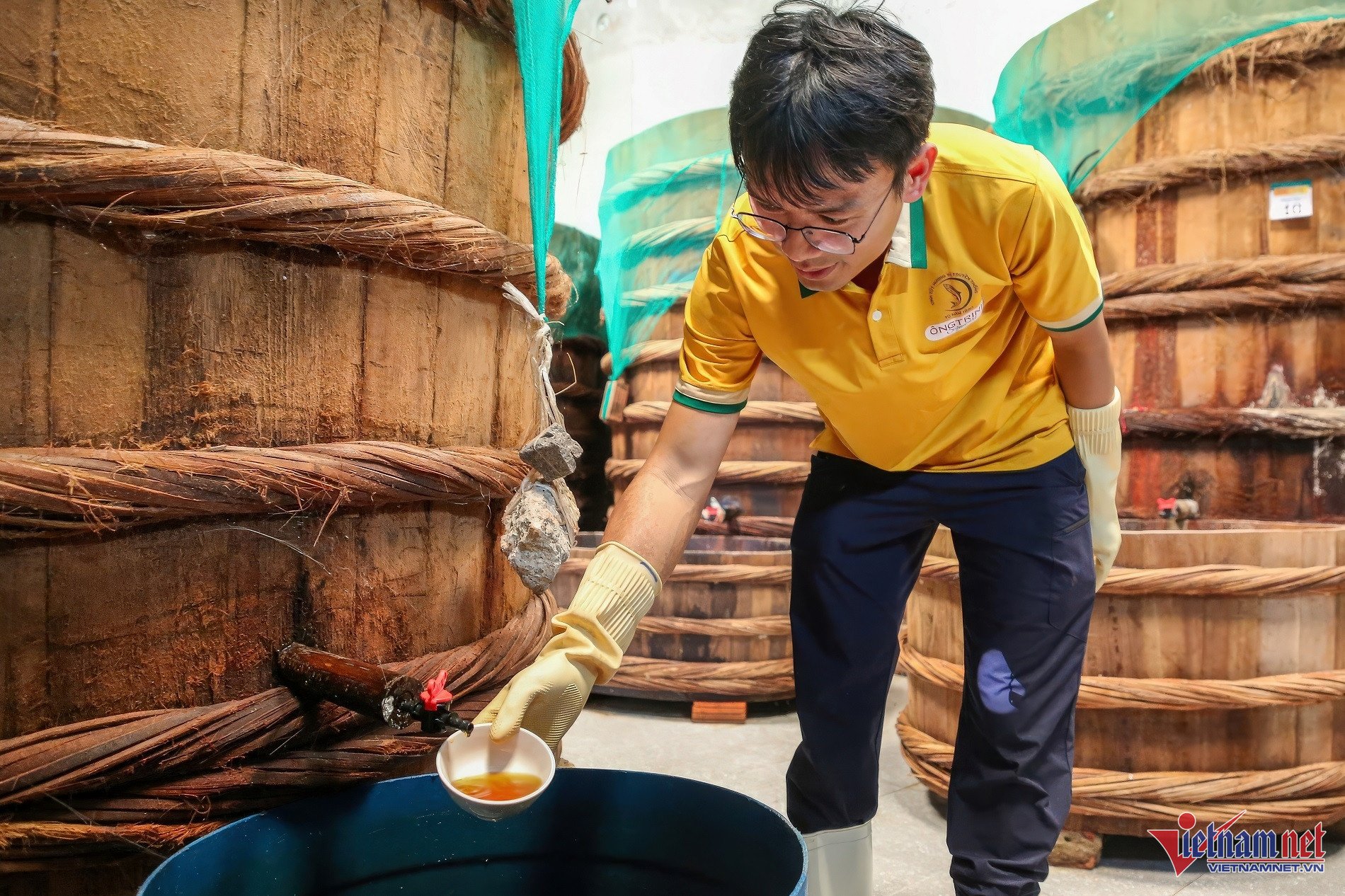

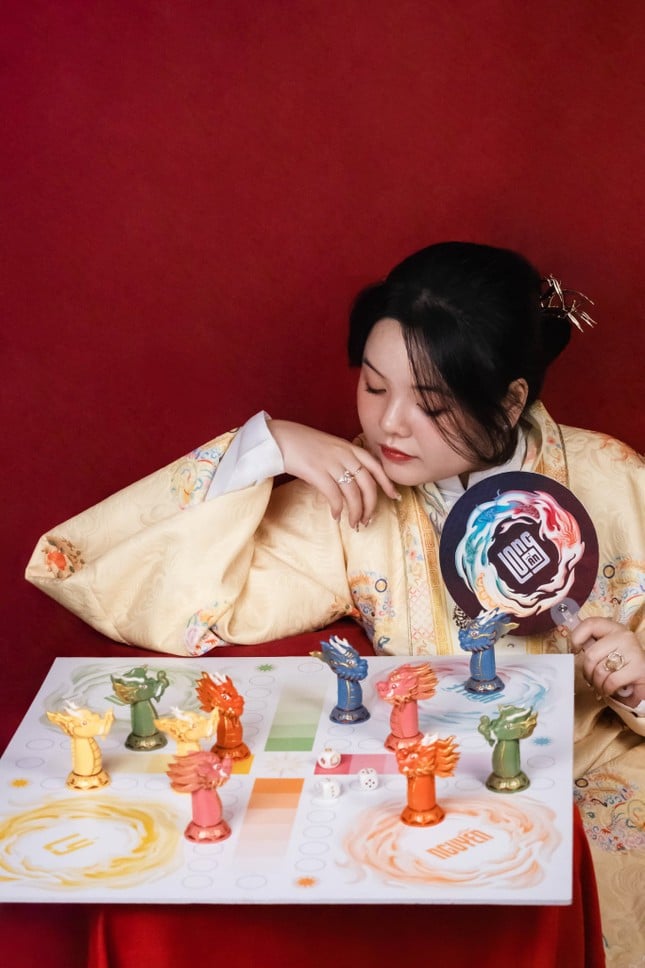

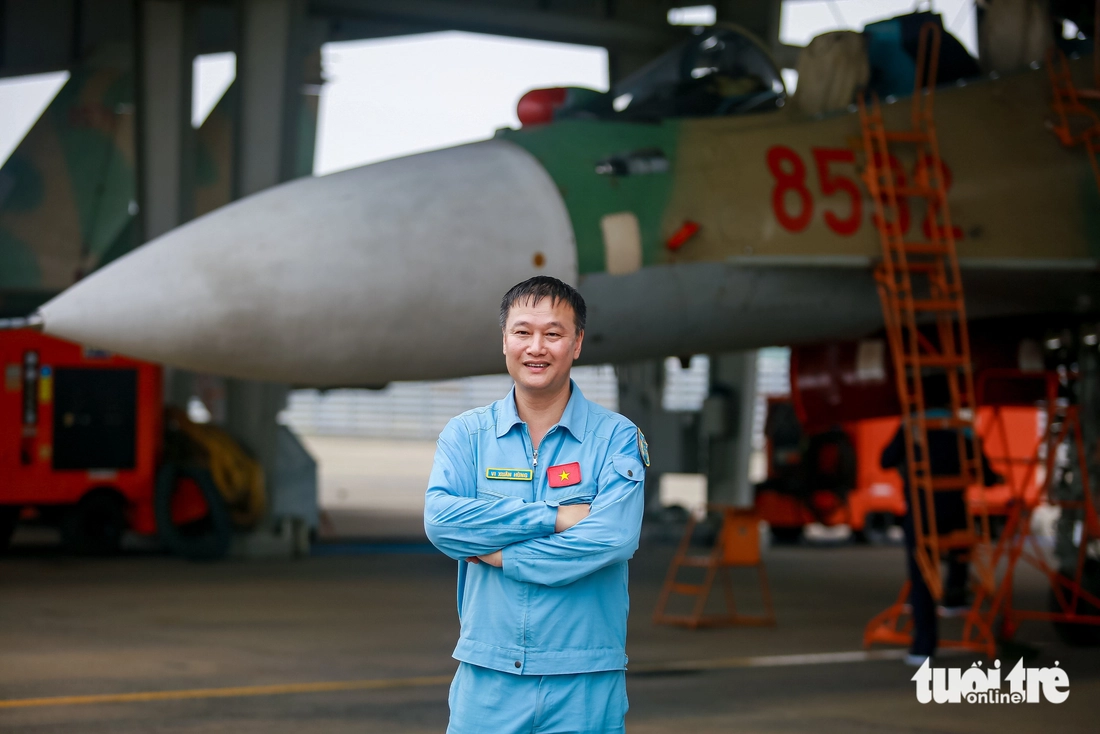

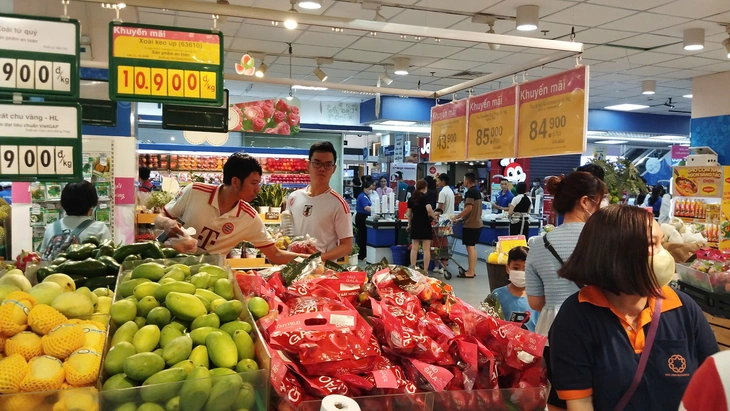


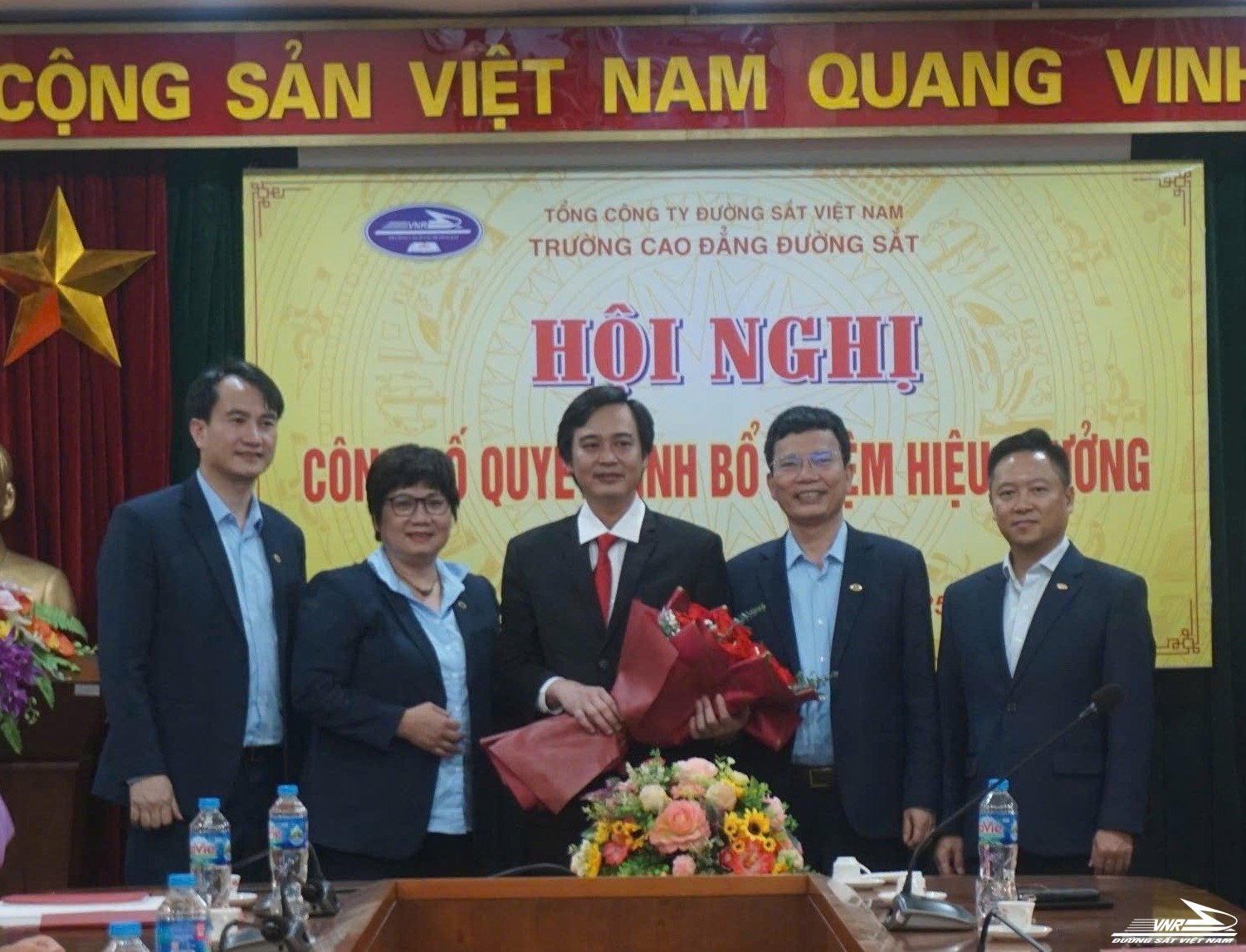
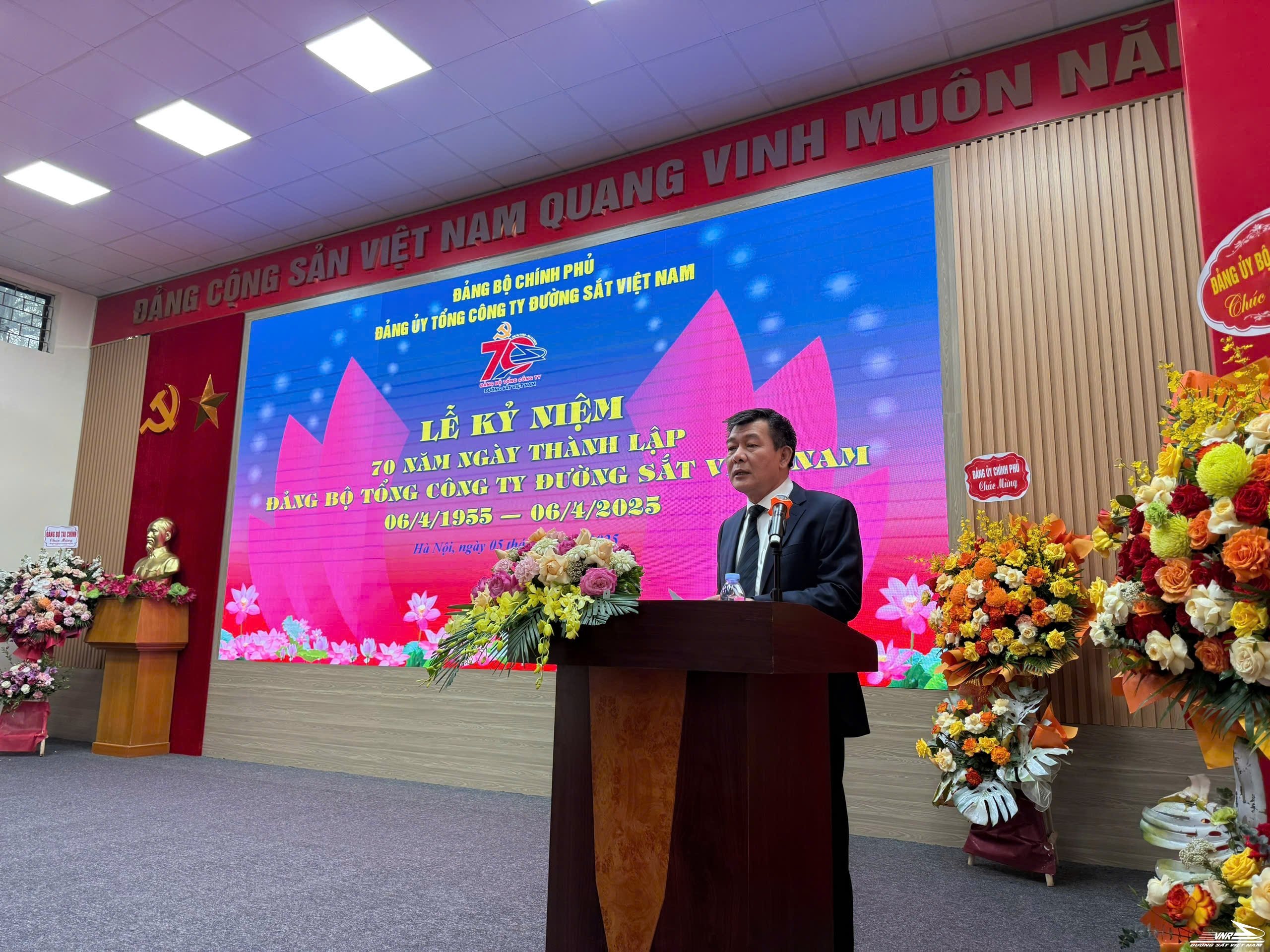
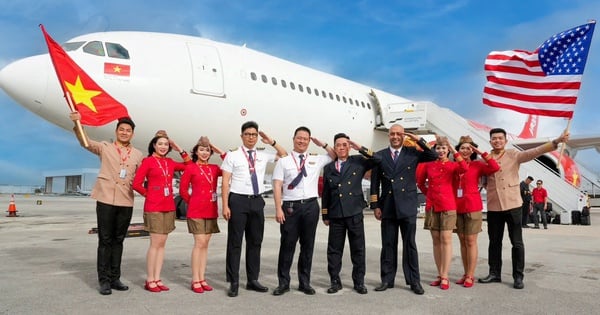

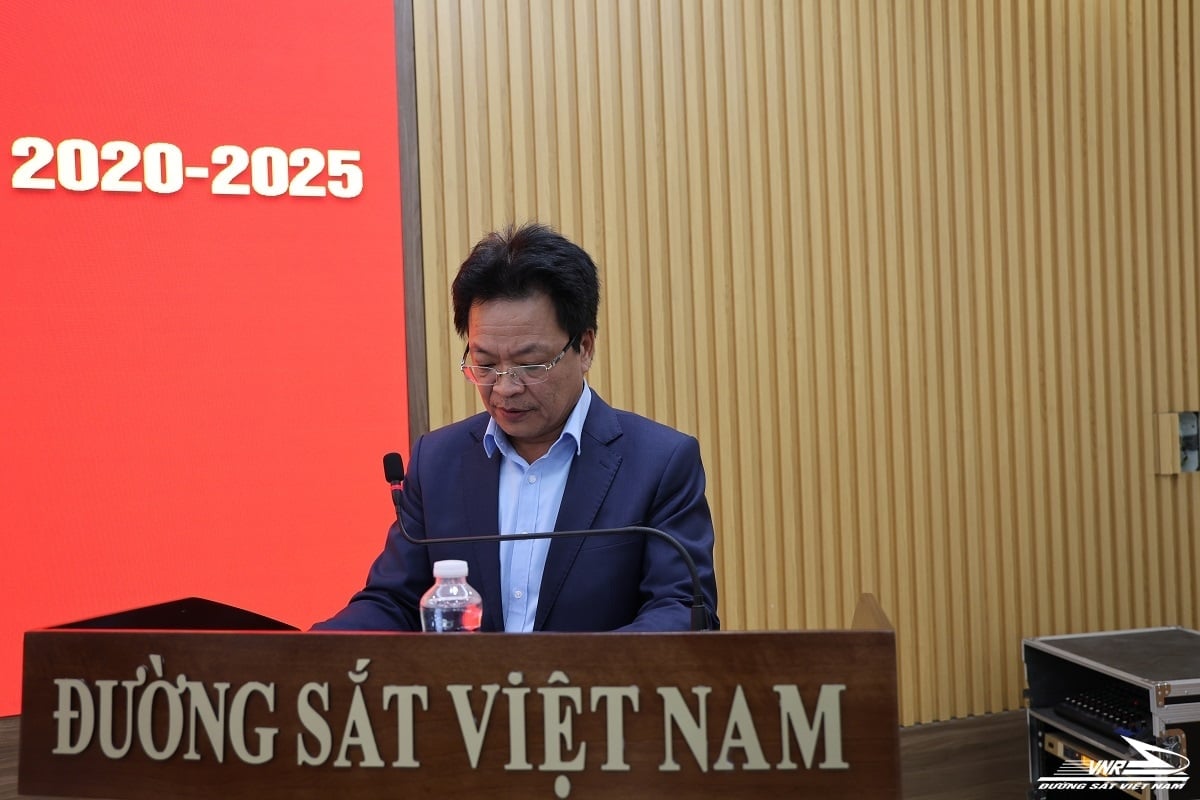
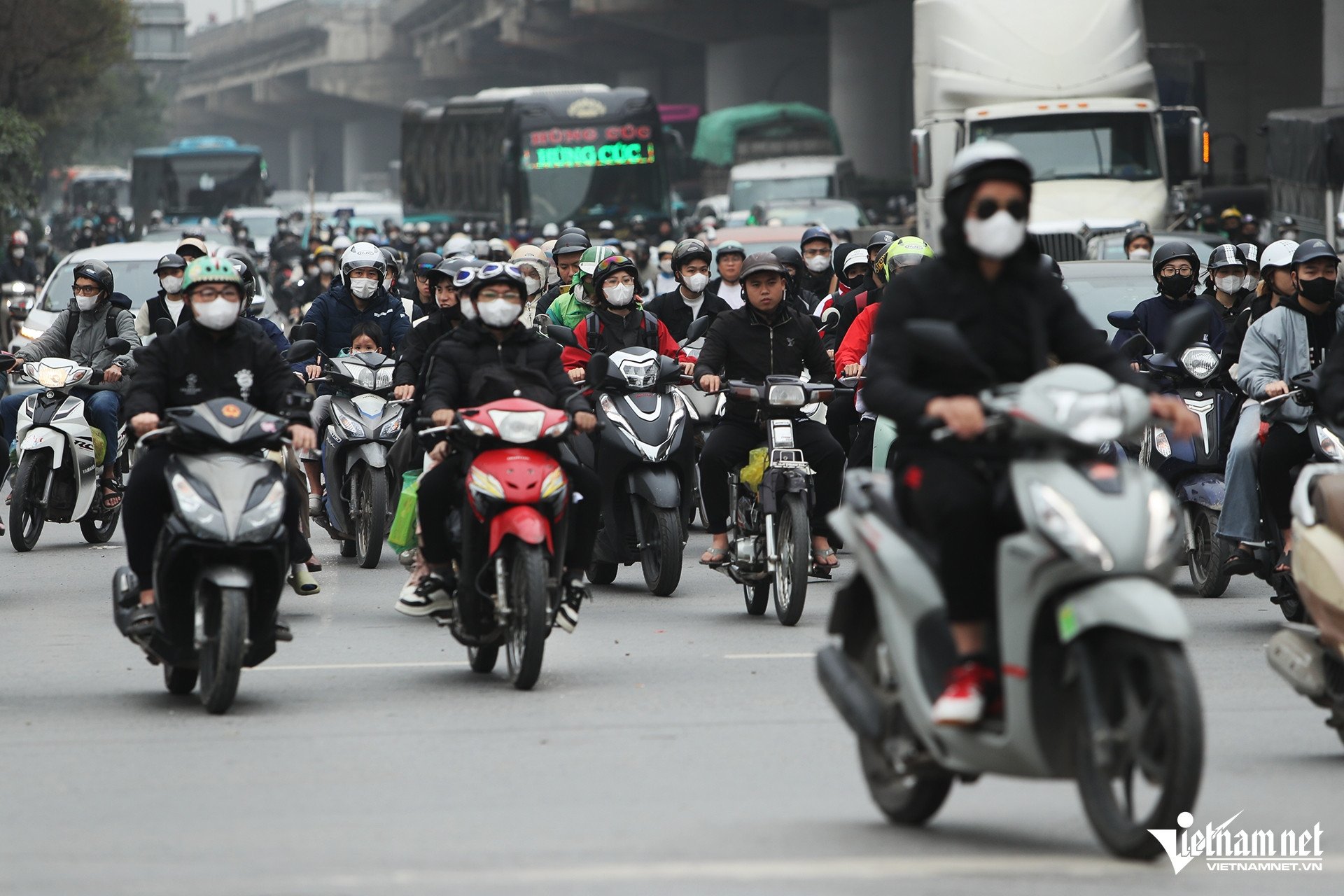



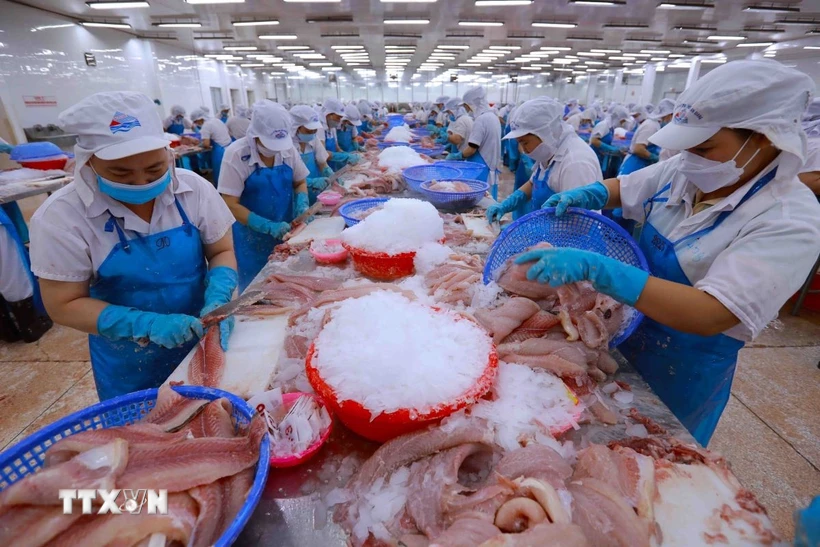


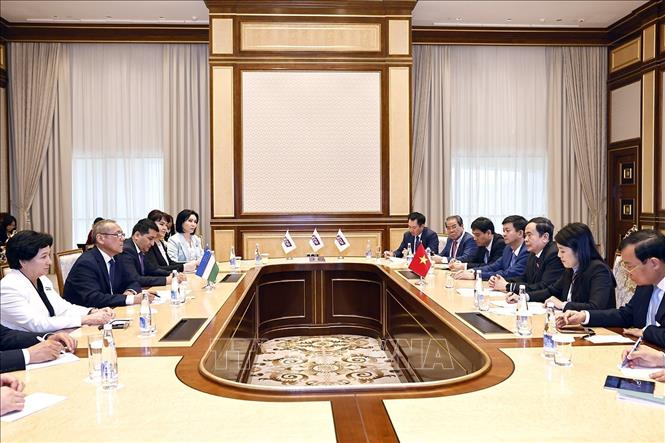







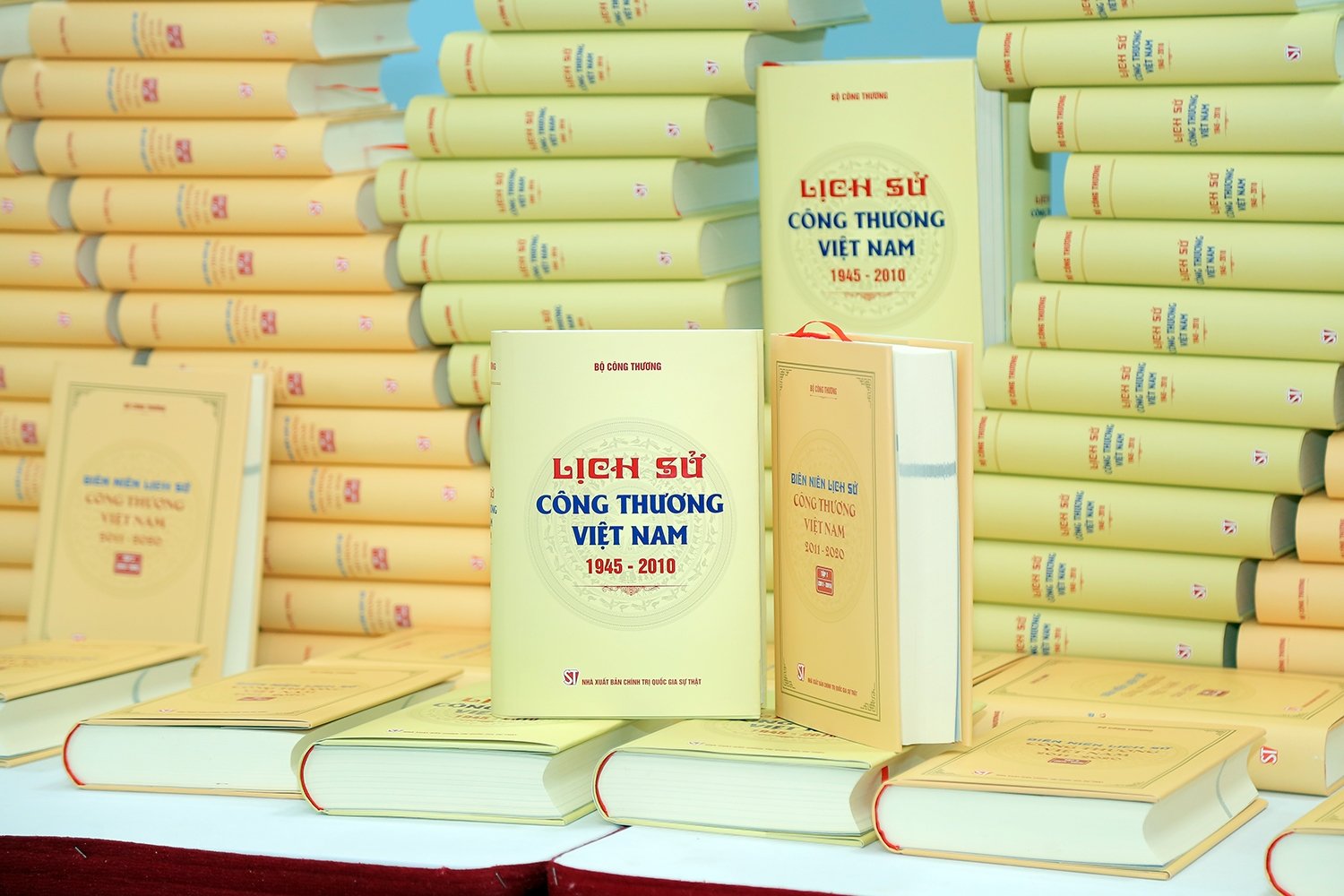
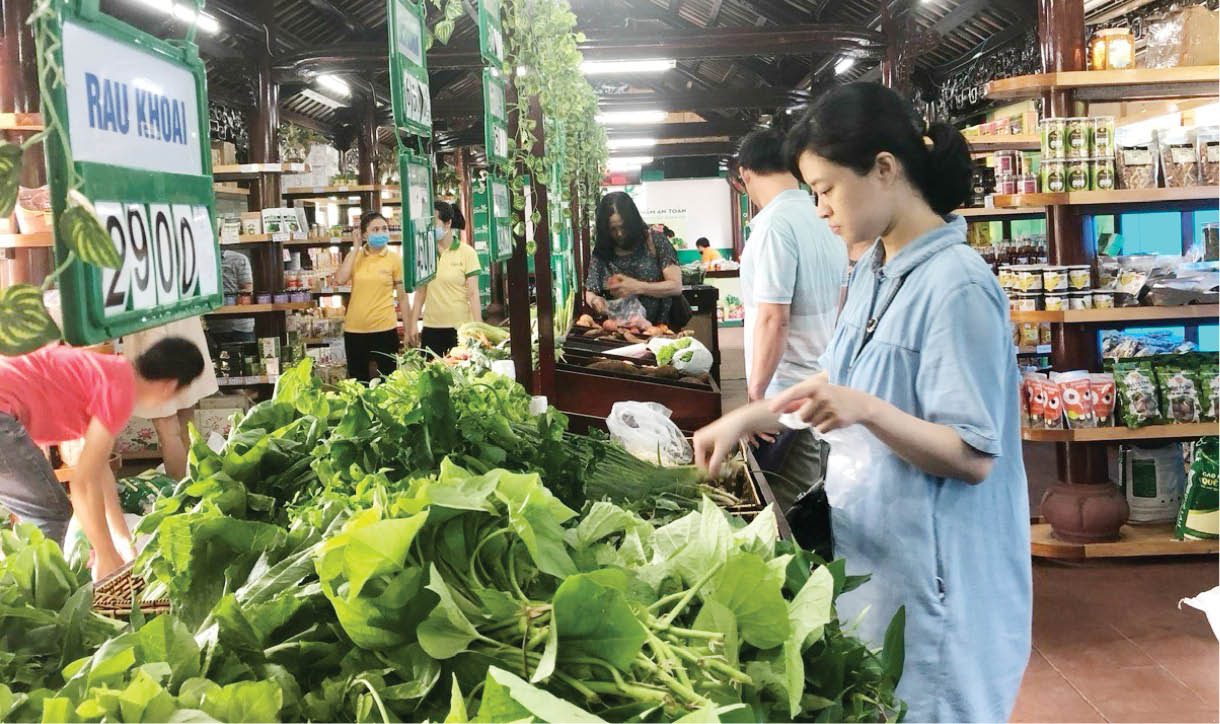

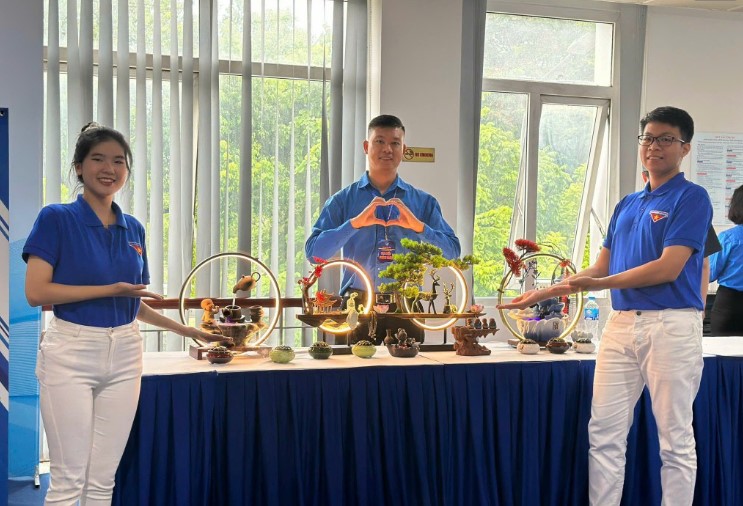
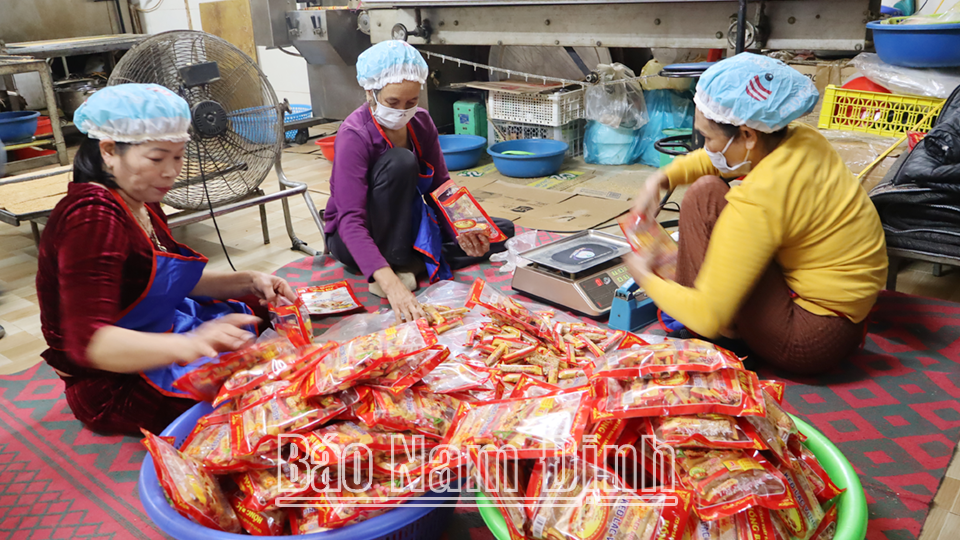

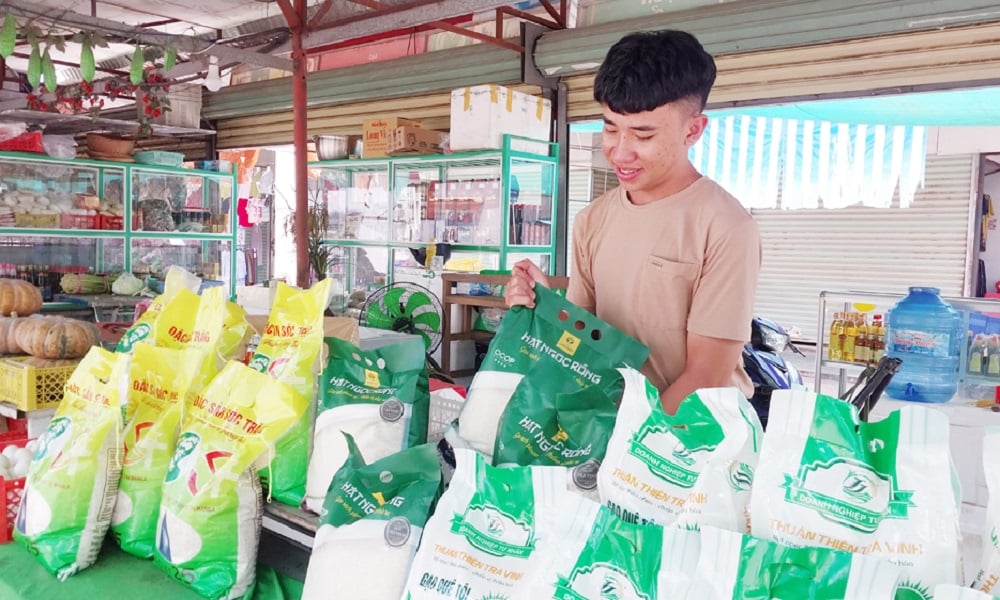
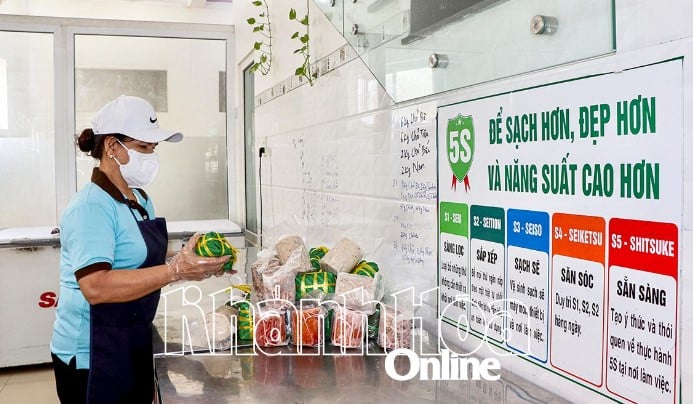

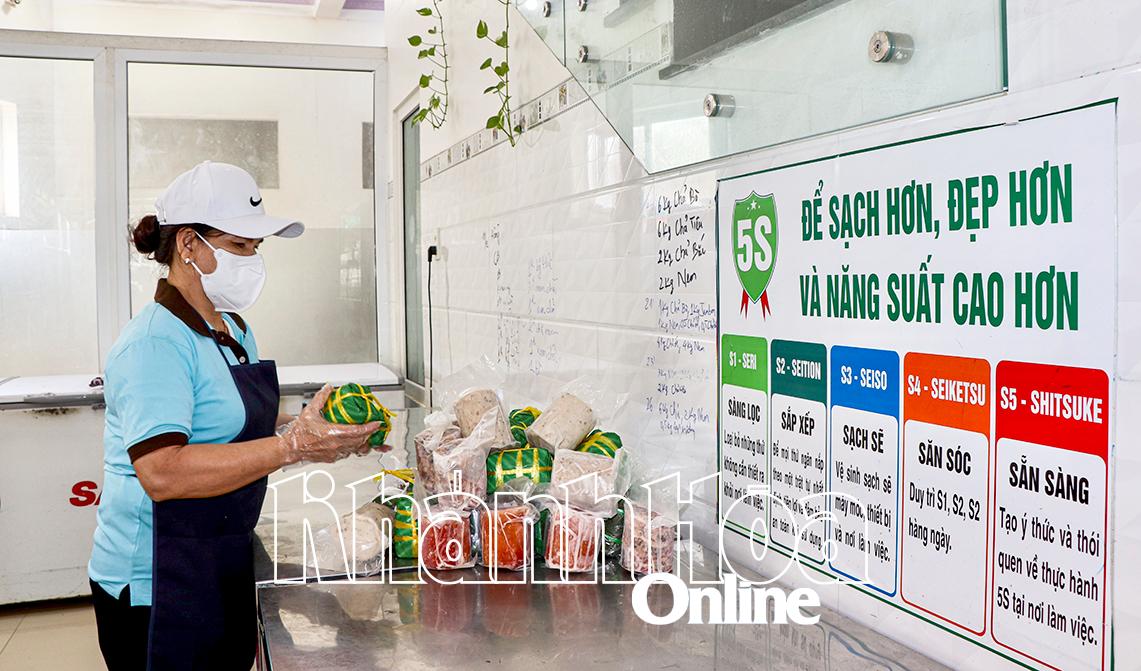
Comment (0)